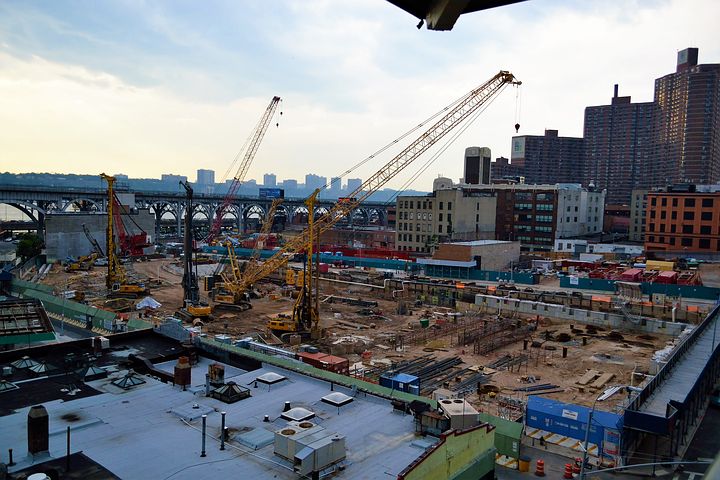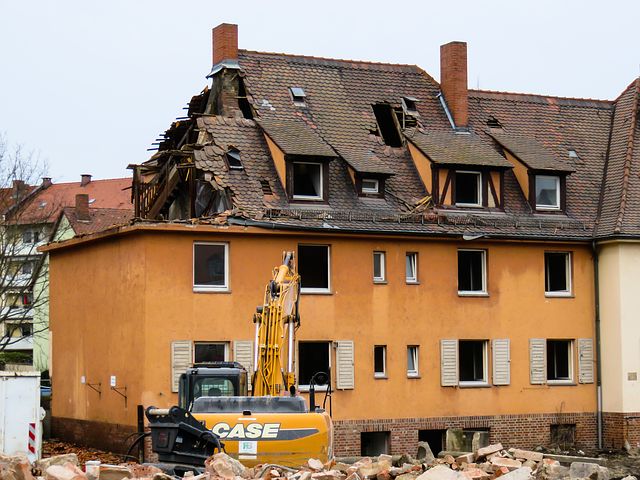“Displacement is a crucial issue, causing homelessness.”
Gentrification aims to upgrade the deteriorated or devalued properties to improve the infrastructure. It overlooks the affliction of gentrified neighborhoods. Gentrification targets middle-class and lower-class areas and pushes tenants out of communities.
Restoration has positive and negative consequences. At the same time, the adverse impacts in most cases involve stress, depression, and displacement.
Gentrification as Racial Diversity and Class Division
The socio-economic differences remain the primary concerns of the issue. African Americans claim that displacement acted more in favor of whites as they moved from the suburbs to the central city areas.
A massive movement of wealthy and upper-class groups to first city areas promoted the concept of gentrification. The influx of upper strata to more developed regions influenced the neighborhoods as property values increased enormously.
Gentrification threatens the conditions of people with low incomes more than other groups because they remain vulnerable to displacement.

The major drawback of gentrification is the high cost of living, as it increases the eminent power of landlords to charge low rents. The constitution acknowledged that the state could displace neighborhoods. In this case, they took the property for public use and offered just compensation to the gentrified.
However, the state needed adequate reimbursements, resulting in disadvantages for the deprived.
The effects are often unfavorable for low-income people due to demographic change and radical shifts. The most visible negative consequences include high property pricing, evictions, and displacements.
Displaced Masses and Implications
The American state argues that upscaling new entrants in urban areas involves economic advantages for the people, such as bringing more jobs and investments and generating tax revenues. The state collects taxes from the urban settlers and rich that provide funds for social services to the masses.
The practical implications of displacement in gentrified neighborhoods are adverse. In 2005, the probability of gentrification faced by each household was 1.3 percent. However, the increased inflation rate declined the chances of gentrification in the future. Another problem faced by the households was their movement to gentrifying areas.
The government should have moved the displaced populations to non-gentrifying areas, thus eliminating the possibility of having permanent residence. Gentrified areas contain diversified people as they belong to different backgrounds and cultures. People in non-gentrifying areas represent the upper strata and are less vulnerable to gentrification. It made neighborhoods racially more diverse.
However, the educational diversity was the same in the gentrified and non-gentrified areas. Landlord harassment was also identified as a common problem experienced by low-income households. Even the neighborhood income gains did not influence the housing exit rates. The impact of gentrification on black neighborhoods changed according to their educational levels.
It provided labor, work, and employment to the deprived communities. The movement of rich people to urban areas affected the old residents, who were reflected by the pressures of surviving with increasing costs. It increased living costs in urban areas and forced middle-income households to move to affordable locations.
Displacement represents the worst example of gentrification as it pushes the working class out of neighborhoods. When it comes to people experiencing poverty, gentrification never improved their lifestyles as people continued to struggle with poverty.
It affects the social and financial aspects of deprived families. Due to the high price of houses, they are already under economic pressure, and paying for their children’s education becomes more difficult. More resources are needed for low-income families, leading to long-term displacement.
Advantages of Gentrification
Gentrification provides more benefits to the landlords as they control the pricing affecting poor and middle-class neighborhoods. Displacement is more adverse for poor Americans as it forcefully dislocates them. The benefits associated with increased property tax provoke landlords to raise rents, thus allowing them to earn profits. The high earnings of landlords negatively affect people with low incomes again.

A majority find it challenging to pay the rent to move to affordable houses, while it is difficult for low-income people to find appropriate housing. Gentrifying neighborhoods affect other neighborhoods and housing units. It also influenced the lives of white people negatively as people belonging to middle and low-income groups moved to the black areas. The state through gentrification failed to provide affordable housing to the masses exhibiting the negative implications.
Black people remain, victims of movement, because high demands for housing give eviction power to landlords. They are also motivated to use egregious practices for escalating rental prices. Gentrification did not improve safety for people experiencing poverty who failed to find housing in non-gentrifying neighborhoods.
Gentrification pushed the working class to the outskirts of gentrified neighborhoods. It affects children’s school years, causing their academic performance to decline. Benefits such as facilities and amenities remain within the middle and upper classes. It also deteriorates the mental health of displaced tenants, apparent in high levels of stress and anxiety. The overall analysis of gentrification and its impacts on the community depicts it results in racial diversity and class division.
